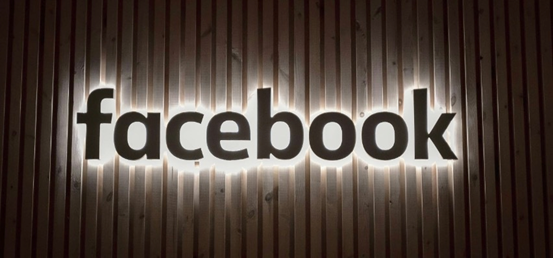Huawei
users often face confusion when trying to use Google apps on their smartphones.
Popular tools like Gmail, YouTube, Google Maps, and huawei google play store problem or can’t be installed through the usual methods.
These issues aren't temporary bugs—they’re the result of long-term trade
restrictions and software limitations. If you own a Huawei device or plan to
buy one, understanding why Google apps don’t function as expected helps you
avoid frustration and explore your alternatives.
Why Huawei
Devices Lost Google Support?
What Happens
Without Google Mobile Services (GMS)?
GMS
isn’t just a collection of apps—it’s the infrastructure that enables them to
run. It includes background tools, APIs, and frameworks that allow Google apps
and many third-party apps to function correctly. When Huawei lost access to
GMS, it could no longer preinstall or support Google apps on its new devices. Phones
launched after the ban run on open-source Android but don’t include Google Play
Services. That means users can’t download apps from the Play Store, sync data
with their Google accounts, or receive push notifications from Gmail. Even
installing APK files for Google apps doesn’t solve the issue because those apps
rely on GMS components that no longer exist on these phones.

Can You Still
Use Google Apps on Huawei?
Browser
access remains one of the simplest solutions. You can visit google.com in your
browser, sign in, and use Gmail, YouTube, Google Docs, and other services
without any app installation. These web versions work well but lack app-level
integration and offline capabilities. Some users also attempt to sideload
Google apps using APK files. While this may work for apps like Chrome or Google
Translate, most major apps, such as YouTube or Maps, will crash or fail to open
without GMS support. Huawei's newer software updates have added more
restrictions that block attempts to manually install Google Play Services,
making sideloading a fragile and temporary solution.
Attempts to
Restore GMS: Are They Worth It?
Some
tech-savvy users try to reinstall GMS using tools like Googlefier or
third-party patching methods. These tools were partially effective on earlier
Huawei models running EMUI 10 or EMUI 11. However, with the release of
HarmonyOS and newer EMUI updates, Huawei has actively blocked these sideloading
paths. Even when installation succeeds, it introduces security risks. You may
expose your device to malware or cause system instability. Google also doesn’t
support unofficial GMS installations, so future updates may break
functionality. For most users, especially those not comfortable with modifying
system files, this method creates more problems than it solves.
Huawei’s HMS
Ecosystem: The Official Replacement
To
fill the gap left by Google, Huawei developed Huawei Mobile Services (HMS). HMS
includes AppGallery, Huawei’s app store, and core tools like Huawei ID, Cloud,
Themes, and Health. HMS Core provides APIs for developers to build apps that
run smoothly without Google’s services. Huawei also launched alternatives to
major Google apps: Petal Search for finding apps, Petal Maps for navigation,
and Huawei Browser for web access. The company works with global developers to
expand AppGallery, especially in Asia, Europe, and the Middle East. Many
regional apps are already available, and the number continues to grow. Still,
not all Western apps are fully compatible. Services like Google Meet, YouTube
Studio, and apps using Firebase push notifications may not work at all. While
Huawei is closing the gap, users heavily invested in Google’s ecosystem will
notice limitations.

Conclusion
Google
app access issues on Huawei phones stem from U.S. trade restrictions that
prevent Google from working with the company. Without GMS, Huawei phones cannot
run Google apps as they were designed. Browser versions and third-party tools
offer limited access, but full functionality is missing. Huawei’s HMS ecosystem
provides alternative solutions, but the experience differs. If Google apps are
essential to your workflow, a Huawei device may not meet your needs. But if
you're open to new tools and a different app environment, Huawei phones remain
powerful and capable options.
